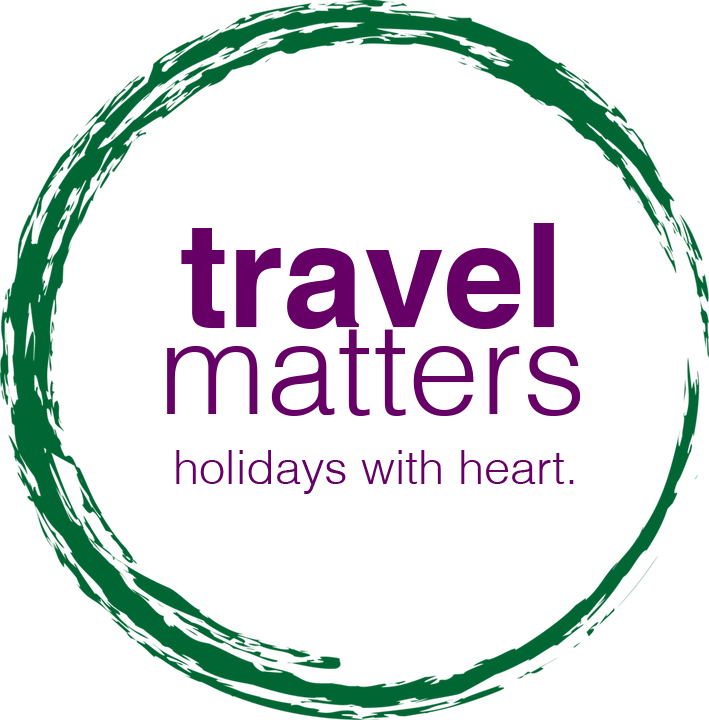I had always wanted to visit Sicily, I just hadn’t had the opportunity to until now. I had heard how beautiful it is and having travelled extensively around Italy, Corsica and Sardinia, I was intrigued to know just how special it could be. (After all, it is technically still Italy) Thanks to one of our preferred tour operators, Prestige Holidays, I was invited to experience the island for myself on what we term in the trade as a “familiarisation trip”.
Flying into Catania is exciting and dramatic, if skies are clear you get a terrific view of Mount Etna, Europe’s tallest and most active volcano. Standing at 3350 metres, it had a smattering of snow on it and the mouth of the crater was surrounded by a cloud of steam.
First impressions on arriving and driving to our first hotel, I noticed that most of the south eastern part of Sicily has plenty of baroque architecture still standing. There are plenty of remnants which survived after the dreadful earthquake in 1693.
Our first stop was the beautiful peninsula of Ortigia, surrounded by the Mediterranean on each side; it’s a beautiful town full of baroque architecture as well as Greek and Roman sites – piazzas full of restaurants, bars, shops and cafes. It’s a great base for discovering the baroque South East. I recommend hiring a car for sightseeing around the region and visiting truly unspoilt beaches as well as historical areas of Modica, Noto, Scicli and Ragusa.
An interesting twist to our afternoon in Modica, one of the area's UNESCO-listed Baroque towns, was a visit to the oldest chocolate shop in Modica. The Spaniards introduced the method of chocolate making to the Sicilians, something they had learned from the Aztecs and at the Antica Dolceria Bonajunto they are still making the chocolate with the same ancient techniques and ingredients. We joined in with a workshop and learnt how the chocolate was made.
It makes Modica a particularly appealing destination for food-lovers. The town hosts the international chocolate festival in December each year.
For anyone who has seen the BBC drama series Montalbano, based on the books featuring the Sicilian detective, Salvo Montalbano, by Andrea Camilleri, this whole area of Sicily will certainly inspire you.
Heading west from Modica, we stopped at a beautiful property, la Foresteria Planeta, a gorgeous agritourismo set on an elevated position overlooking vineyards.
The property is owned by one of Sicily’s wine producers Planeta, so a wine tasting opportunity could not be turned down. They specialise in cooking classes as well as wine tasting and the views from this property are simply irresistible. There are only 14 rooms here – such a gem of a property for those of you who enjoy being independent and exploring around. September would be especially interesting when the grapes and olives are being collected.
Lunch was at the famous restaurant Vittorio’s – a beautiful beach front premises and favourited by Rick Stein. On arrival, the chef was roasting artichoke hearts in an open fire – we knew we were in for something special. The coastline around this south west area of Sicily is stunning. Look out for the beach at Scala dei Turchi, a beautiful bathing spot surrounded by white cliffs.
Second base for us was just outside of Agrigento. It’s here where a visit to the ancient Greek archaeological site of the Valley of the Temples is a must for any visitor. The Valley of the Temples is a Unesco World Heritage Site and I recommend taking a guided tour to bring the site to life.
Our last stop was Castellamare del Golfo in the north west of the country. The west of the country feels quite different from the south and the east – wilder, rugged, and even exotic with Moorish influences – a taste of North African as opposed to Italy. We were privileged to sail around the Zingaro Marine reserve, calm waters, rocky inlets and crystal clear water.
My favourite place on this trip was the area of San Vito Lo Capo – Sicily’s answer to Rio’s sugar loaf mountain. San Vito is a very laid back beach resort with some amazing eateries especially for lovers of sea food. Popular with Italians’, it’s only a matter of time when this stunning beach with white powdery sand will be visited by many more Europeans.
Some 700 kms later, I can truely say, I know Sicily better. It is very much "La splendida isola nel Mediterraneo."
Karen travelled with Prestige Holidays to Sicily in May 2016.




















